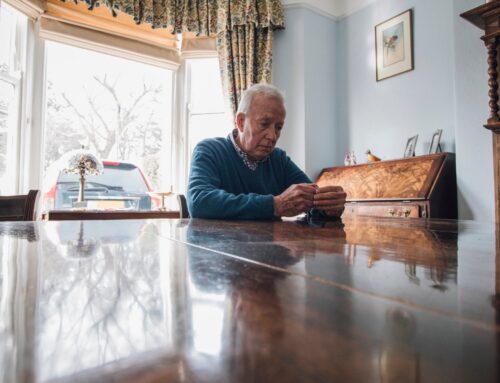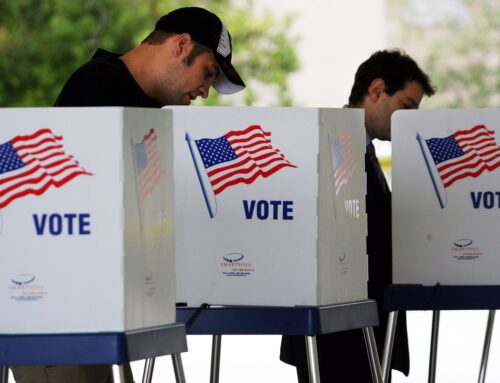Hoping for a Phased Retirement? Don’t Count on It. Two reports show a big disconnect between employers and older workers
Talk about dashed expectations. A study published recently from the Transamerica Center for Retirement Studies (TCRS) finds that 77 percent of employers believe many of their employees plan to continue working after they retire and 47 percent say many of their employees envision a phased transition to retirement. Yet far fewer actually let them keep working for the firms in retirement and have a phased retirement.
In a story Kerry Hannon wrote for Next Avenue, she reported that only 31 percent of the employers Transamerica surveyed let their employees shift from full-time to part-time and just 27 percent allow them to take on positions that are less stressful or demanding so they can glide into retirement.
In other words, employees who anticipate a phased retirement by downshifting at their jobs to fewer hours per week are mostly out of luck, according to TCRS’s 17th Annual Retirement Survey. Transamerica interviewed more than 1,800 employers of for-profit companies with five or more employees.
Did I mention that 71 percent of employers Transamerica surveyed said they believe they are “aging-friendly” and said they offer opportunities, work arrangements and training and tools needed for employees of all ages to be successful?
The Transamerica survey echoed a recent U.S. Government Accountability Office (GAO) report on older workers for the U.S. Senate Special Committee on Aging. That one was called Phased Retirement Programs, Although Uncommon, Provide Flexibility for Workers and Employers. The title pretty much says it all. But its bottom line, quoting from the report, is that “formal phased retirement programs are relatively uncommon”, yet the availability of phased retirement “has the potential to provide options that would be beneficial both to the older workers and the overall economy.”
Employers GAO interviewed that did offer phased retirement identified four big benefits for the companies:
1) the retention of knowledgeable, highly-skilled workers;
2) the transfer of knowledge to younger workers;
3) the ability to transition older workers into retirement and
4) the opportunity for workforce planning.
So if most employers think their older employees will want to work in retirement and nearly half think the employees envision a phased retirement, why are so few companies offering one?
“I have heard anecdotally when talking to employers that many have concerns about opening themselves up to potential liability related to age, ageism and age discrimination,” says Catherine Collinson, president of the Transamerica Institute and TCRS. “Others are concerned that it would be too disruptive to their overall operations. They want full-time employees at their desks and they just don’t have an appetite to manage a workforce that has a substantial number of part-time workers.”
From my reporting — interviewing employers and Sara E. Rix, an employment consultant and former senior adviser with the AARP Public Policy Institute — I’d take it a step further. Many employers don’t want to offer a phased retirement program that they think could be subject to laws and regulations and could be expensive to administer. They’re not eager to keep paying for the employees’ health and retirement benefits, either.
To read more of Hannon’s story, visit: http://www.nextavenue.org/hoping-phased-retirement/
Kerry Hannon has covered personal finance for Forbes, Money, U.S. News & World Report and USA Today for nearly three decades. She is the author of Love Your Job: The New Rules for Career Happiness; What’s Next? Follow Your Passion and Find Your Dream Job; Great Jobs for Everyone 50+ and Suddenly Single: Money Skills for Divorcees and Widows. Her website is kerryhannon.com. Follow her on Twitter @kerryhannon.@kerryhannon





